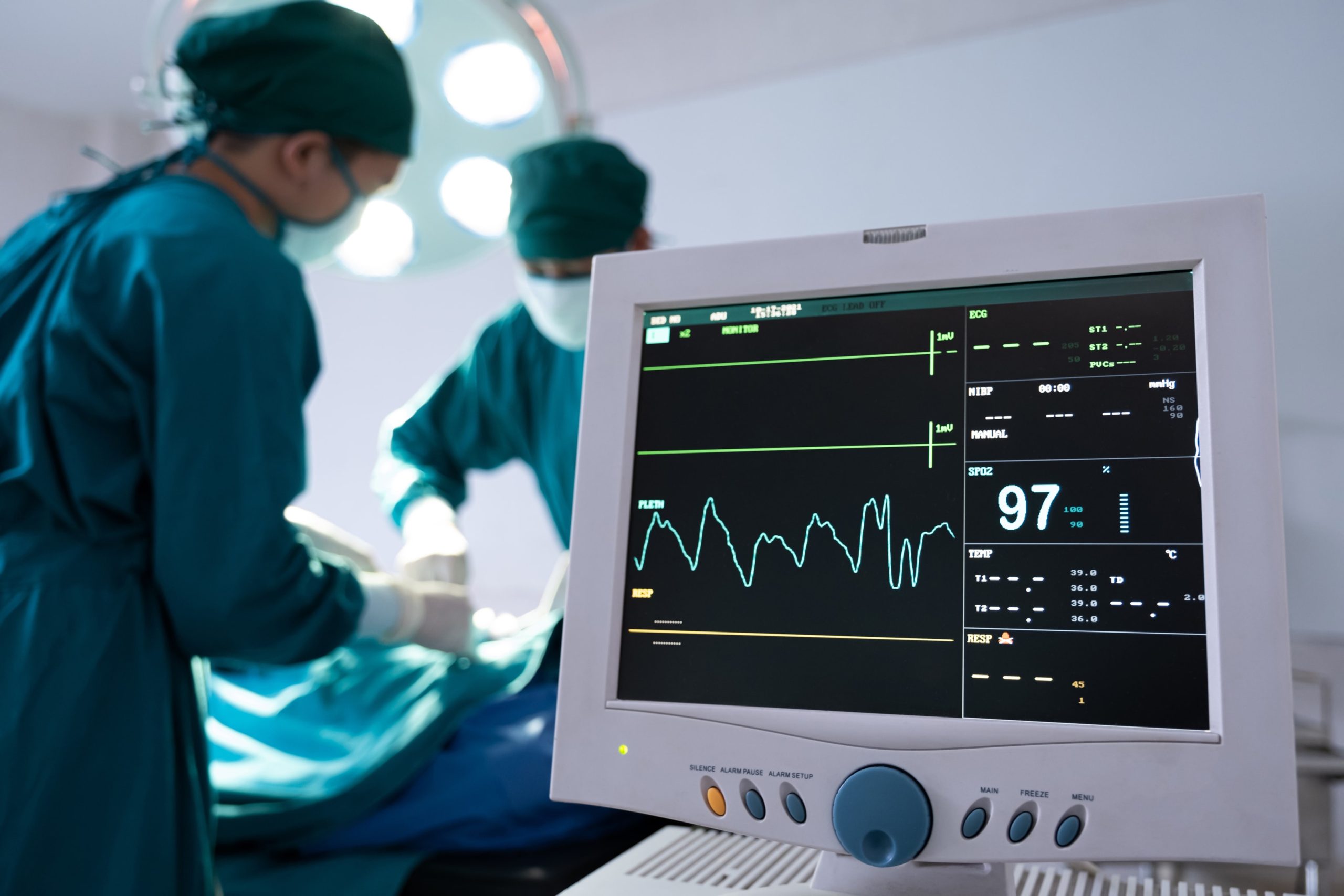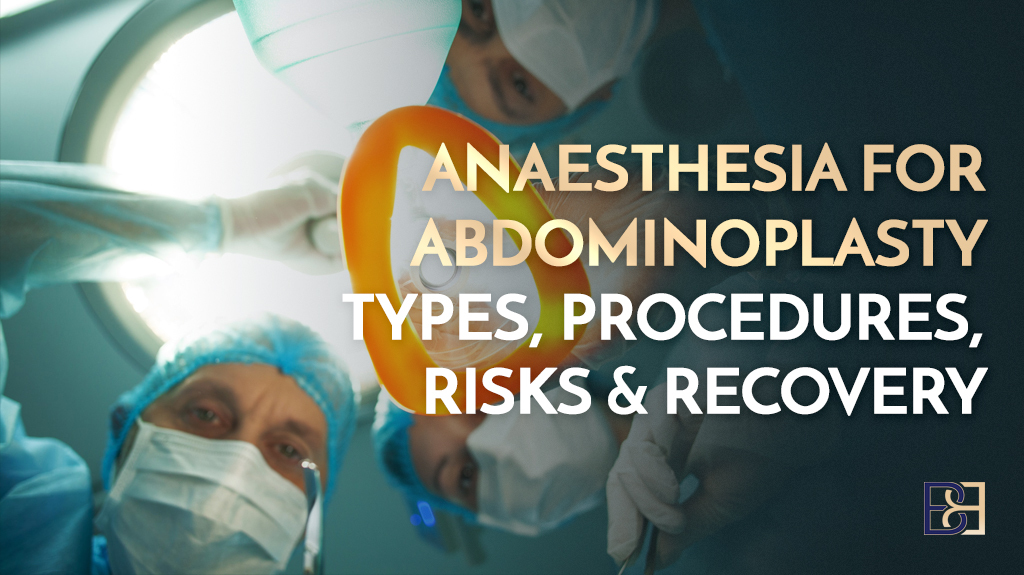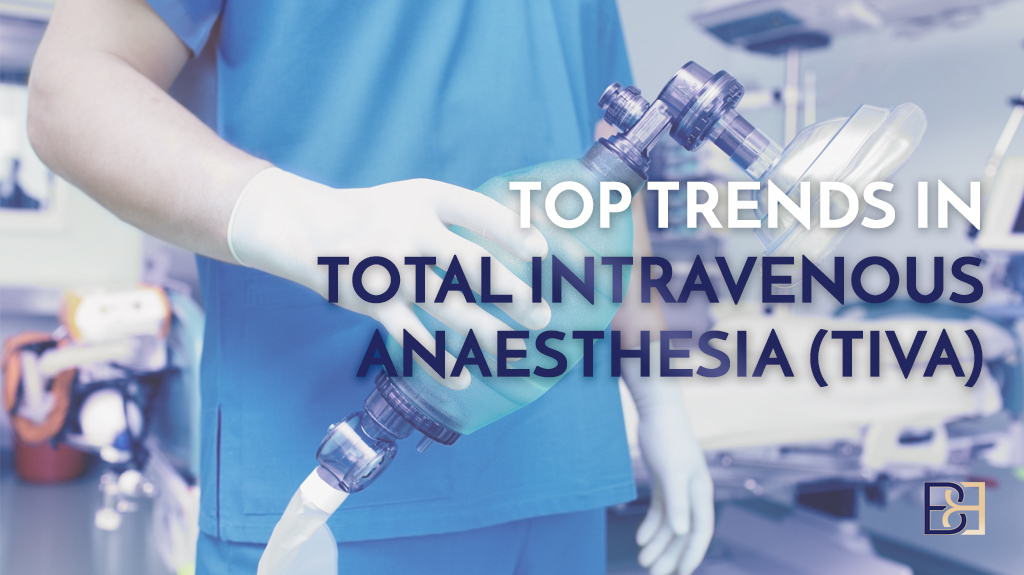Anaesthesia makes pain-free surgeries possible by temporarily blocking sensation. Total Intravenous Anaesthesia (TIVA) is a modern technique increasingly used in medical practices. This article explores how TIVA works, its benefits, and the latest trends shaping its use. Dr Beldholm works with anaesthetists who use this method and has found that it has many benefits for Recovery.
Key Takeaways
- Total Intravenous Anaesthesia (TIVA) offers reduced side effects compared to traditional inhalation anaesthesia, making it advantageous for both outpatient and high-risk patients.
- Anaesthetists play a vital role in ensuring patient care during surgery through continuous monitoring and real-time adjustments of anaesthesia delivery.
- Recent advancements in technology, including target-controlled infusion systems, increase the precision and effectiveness of TIVA, expanding its applications beyond traditional surgical settings.
Understanding Anaesthesia: Basics and Importance

Book your appointment online now
Anaesthesia is fundamental to modern medicine, enabling a temporary loss of sensation or awareness during surgeries. It spans various states, from mild sedation to full unconsciousness, and is customised for each procedure. Unlike analgesics, which only relieve pain without affecting consciousness, anaesthesia can result in the loss of both physical sensation and consciousness.
The type of anaesthesia used depends on the nature of the surgery. General anaesthesia results in complete unconsciousness and is commonly used for major surgeries, including cosmetic procedures like breast augmentation (Augmentation mammoplasty) and abdominoplasty. On the other hand, regional anaesthesia numbs a specific part of the body, and sedation provides varying levels of consciousness, from mild relaxation to deep sedation.
Anaesthesia has revolutionised the ability to perform complex, life-saving surgeries with minimal patient discomfort. Controlling consciousness and sensation temporarily, anaesthesia enables numerous medical interventions that would otherwise be unbearably painful or impossible.

The Three Stages of General Anaesthesia
When you are put to sleep for surgery, you will drift off gradually in phases. There are three steps from consciousness until you reach the deep sleep stage that is desired for surgery.
The first is the analgesia stage. The patient is conscious, but the perception of pain is diminished.
The second stage of anaesthesia is the delirium stage. At this point, the patient is unconscious, but the body still responds reflexively. This phase is usually relatively brief.
Stage three is known as surgical anaesthesia. This is the phase we want to reach for a patient who will be getting cosmetic surgery. The muscles are totally relaxed, and the patient is in a deep state of sleep. They will have no memory or feeling of the event. When you reach this state, surgery can be performed.
Dr. Beldholm’s anaesthetist is highly trained and knows precisely how much anaesthesia each patient needs to administer to reach and maintain this stage. When surgery is complete, the medication dose will be lowered so the patient will awaken in the reverse order.
Role of Anaesthetists During Surgery
Anaesthetists are crucial in ensuring patient security during surgery. Their duties go beyond just administering anaesthetic agents. Anaesthetists continuously monitor vital signs and adjust anaesthesia delivery in real-time based on patient responses.
Effective monitoring of propofol levels, for instance, is crucial to prevent adverse effects and optimise patient well-being during TIVA.
Additionally, anaesthetists manage pain relief, prevent movement during surgery, and induce procedural amnesia. Their expertise maintains the delicate balance necessary for successful surgical outcomes. By keeping patients stable and well cared-for, anaesthetists significantly contribute to the success of surgical procedures.
Types of Intravenous Anaesthetics
Intravenous anaesthetics play a vital role in inducing and maintaining general anaesthesia. Propofol is a primary hypnotic agent in total intravenous anaesthesia (TIVA), known for its prompt onset and smooth induction. However, it can cause intravenous injection pain and has a risk of bacterial contamination due to its lipid emulsion formulation.
Each intravenous anaesthetic has unique properties and applications, requiring anaesthetists to select the appropriate agent based on patient condition and surgical needs. Careful selection ensures anaesthesia is effective and tailored to individual needs.
Benefits of Total Intravenous Anaesthesia (TIVA)

TIVA presents numerous advantages over traditional inhalation methods of general anaesthesia. One significant advantage is faster recovery, with patients regaining consciousness and recovering more quickly than those under inhalation anaesthesia. This procedure emergence is especially beneficial in outpatient settings where quick turnover is crucial.
Another benefit of TIVA is its reduced side effects. Propofol, commonly used in TIVA, has antiemetic properties that reduce postoperative nausea and vomiting. This contrasts with the prolonged recovery and higher nausea incidence associated with volatile anaesthesia.
TIVA is particularly suitable for patients at risk of malignant hyperthermia, a severe reaction to certain anaesthetic agents. Avoiding inhaled anaesthetics, TIVA offers an alternative for these patients, demonstrating its versatility and effectiveness.
Overall, TIVA stands out for its faster recovery, reduced side effects, and specific patient advantages, making it a preferred choice in modern anaesthesia.
Clinical Applications of TIVA
TIVA has shown significant benefits in various clinical settings, especially in paediatric patients undergoing surgery. Specialised target-controlled infusion (TCI) programs demonstrate the unique pharmacokinetic needs of children, reducing the risk of laryngospasm and bronchospasm. The incidence of emergence delirium is notably lower in children when TIVA is used.
Elderly patients also benefit significantly from TIVA. It helps maintain cardiac function, which is crucial for this demographic, and reduces the risk of cognitive dysfunction and delirium postoperatively. These advantages make TIVA valuable for managing anaesthesia in both young and elderly patients.
Beyond these populations, TIVA is used in various clinical settings, demonstrating its versatility and effectiveness. From intensive care units to outpatient surgeries, TIVA’s application continues to expand, driven by its proven benefits and adaptability.
Advances in TIVA Techniques
TIVA has seen remarkable advancements, particularly with sophisticated infusion pump technology developments. These pumps, equipped with inbuilt target-controlled infusion (TCI) algorithms, enable precise and simultaneous drug infusion and TIVA’s effectiveness.
Devices like smart syringe pumps and needle-free mixing devices have streamlined TIVA, making it more efficient. These technological advancements ensure that the right drug concentration is maintained throughout the procedure, minimising the risk of complications.
Safety Considerations in Anaesthesia
The patient’s well-being is paramount in anaesthesia, and TIVA is no exception. Preoperative evaluations, including thorough assessments of the patient’s medical history and physical condition, are crucial in minimising surgical and anaesthetic risks. These evaluations uncover hidden conditions that could complicate anaesthesia administration.
Anaesthetists monitor vital signs like blood pressure, heart rate, and oxygen saturation during surgery, ensuring patient wellness. They are prepared to respond quickly to unexpected complications, making real-time adjustments to anaesthesia delivery.
Automated closed-loop anaesthesia systems can adjust drug delivery based on real-time physiological feedback, supporting the precision of total intravenous anaesthesia (TIVA). Emergency equipment is maintained and available to assist in managing potential adverse reactions, including those associated with agents such as propofol, which may cause cardiovascular and respiratory depression.
Managing Adverse Effects of Anaesthesia
Managing adverse effects is an important consideration in anaesthesia administration. Some studies have reported a lower incidence of postoperative nausea and vomiting (PONV) with total intravenous anaesthesia (TIVA) using propofol compared to certain inhalational agents. Propofol’s antiemetic properties may contribute to this effect; however, outcomes can vary between individuals.
Patients with chronic pulmonary conditions may be at increased risk of respiratory complications during and after surgery. Careful monitoring during propofol administration can assist in identifying and responding promptly to respiratory depression, particularly when it is combined with other sedatives.
A proactive approach to identifying and managing potential adverse effects can support patient safety and contribute to a smoother recovery process.
Final Remarks
TIVA is one of several anaesthesia techniques available and may be considered in a variety of surgical contexts. Its potential benefits and limitations should be assessed in relation to each patient’s needs, medical history, and surgical requirements. Ongoing research and advancements in anaesthesia technology continue to inform best practices, with the goal of optimising safety and achieving appropriate outcomes for patients.
Book your appointment online now
Frequently Asked Questions
What are the main considerations for TIVA compared to traditional inhalation anaesthesia?
Some studies suggest that total intravenous anaesthesia (TIVA) may be associated with quicker recovery and a reduced incidence of postoperative nausea and vomiting compared to certain inhalational agents. TIVA may also be suitable for patients susceptible to malignant hyperthermia. However, suitability depends on the individual patient’s medical history, surgical requirements, and anaesthetist’s assessment.
How do anaesthetists support patient safety during TIVA?
Anaesthetists monitor patients closely throughout TIVA by tracking vital signs and adjusting drug delivery as required. They are prepared to respond to unexpected changes or complications. This continuous observation is an important aspect of maintaining patient safety during the procedure.
What are the primary intravenous anaesthetics used in TIVA?
Common agents used in TIVA include propofol, etomidate, and ketamine. Each has unique pharmacological properties, and selection is based on the patient’s condition, the procedure, and the anaesthetist’s clinical judgement.
What advancements have been made in TIVA techniques?
Recent developments include infusion pumps with target-controlled infusion (TCI) capabilities, needle-free preparation devices, and monitoring technologies such as electroencephalography (EEG). These tools aim to assist in optimising the precision and control of anaesthesia delivery.
What does the future hold for anaesthesia?
Research continues into new anaesthetic agents, such as ciprofol, and the potential for more personalised anaesthesia protocols. These developments may contribute to refining techniques and supporting improved safety and clinical outcomes, but further study is required to confirm their benefits.


